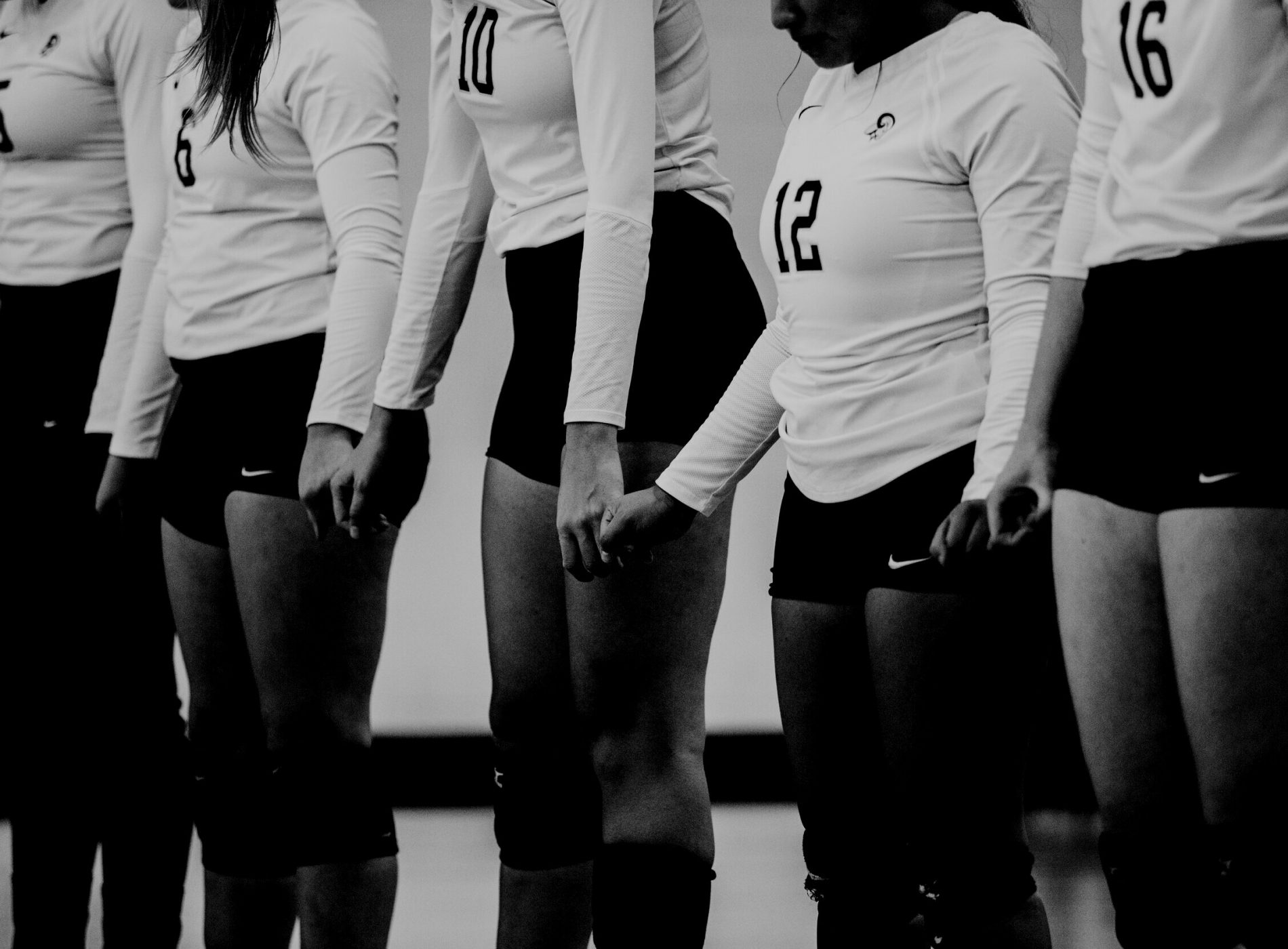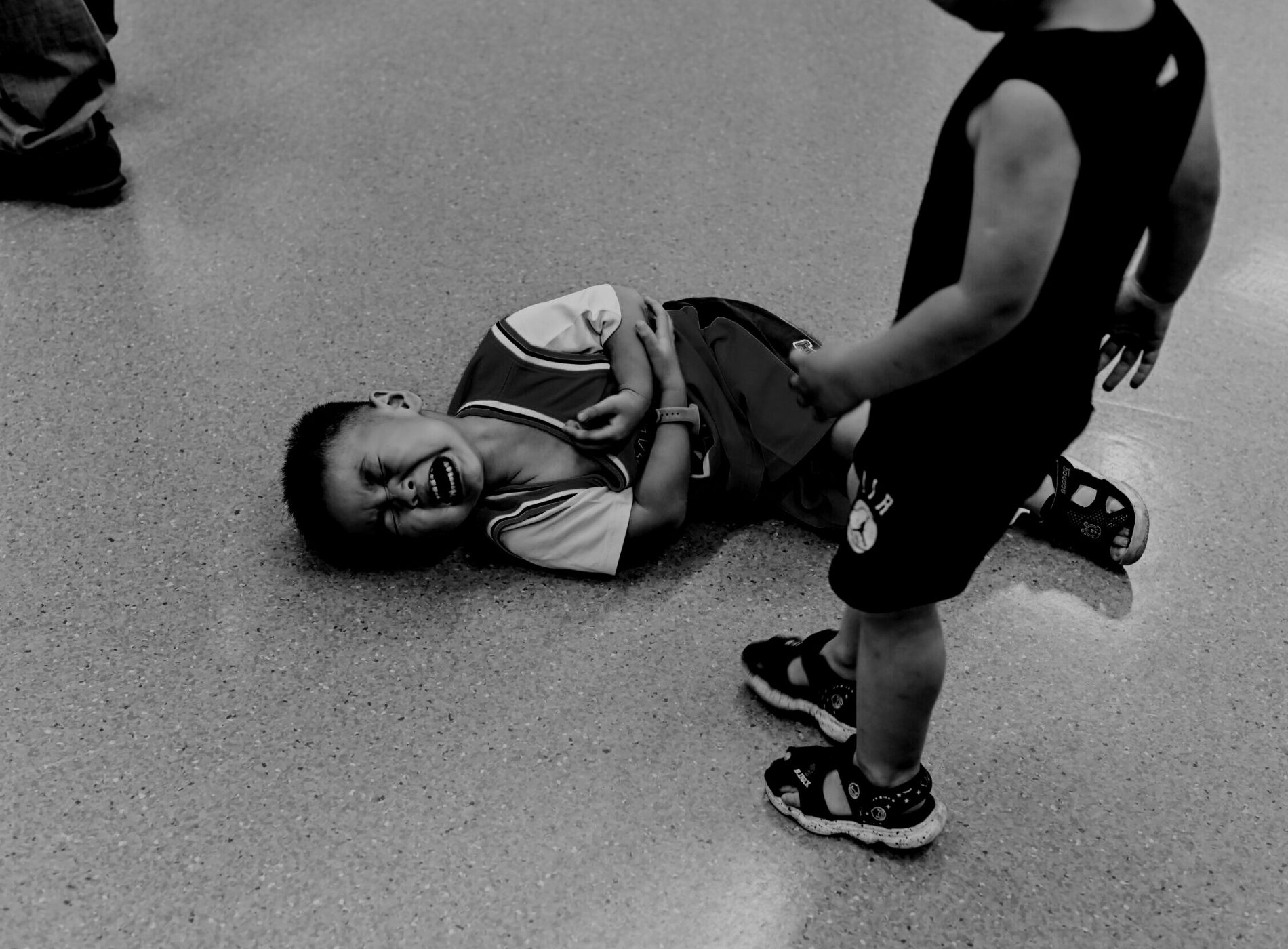Test cricket is a great game. Not everyone would agree, just as not everyone understands the game, but it’s fascinating in the way that it throws up a mixture of individual strengths and team dynamics. For whilst it’s a team game, it clearly depends too on individual performances and perhaps uniquely on the number of partnerships that evolve over the course of a two innings, four or five day match.
Many corporate teams tend to recognise the value of the individual performance first, the team second and rarely the combined performances of pairs of performers within a team.
One of the greatest modern day partnerships in test cricket consisted of the combined talents of two individually incredibly talented and successful Australian bowlers, the spinner Shane Warne and the fast bowler Glenn McGrath. Cricket followers love their stats and these two played together in 104 test matches and between them took 1001 of the team’s 1876 wickets in that time, or 53.4%. The Australian team took 18 wickets (out of a maximum possible of 20) in each match in which they both appeared.
England currently have their own almost equally successful bowling partnership, albeit not yet over such a long period of time, in Graeme Swann and Jimmy Anderson. For the record their figures are 40 tests together, 332 of 700 England wickets taken, or 47.4 percent, and as a team 17.5 wickets in tests that they’ve both played.
Now Warne, McGrath, Swann and Anderson might have been individually successful in those teams without the other, maybe even more successful individually because they might have taken some of the wickets that their illustrious partner took, but it’s unlikely that the team would have been more successful as a result. What these partnerships are able to do is work together for the good of the team dynamics in a way that would have had a high degree of competition as well as collaboration.
The healthy balance of both competing to be the most successful in the partnership in any given game and collaborating to exert the greatest combined pressure on the opposition sits at the heart of the success. In this case, the competition and collaboration are both powerful, positive influences that help the team and harm the opposition. This is quite different from where we see internal competition in businesses focused on one-upmanship and worrying more about whether ‘I win’ rather than ‘we both deliver AND we win’.
So, have a look at whether you’re valuing partnerships and building the most productive kind of partnerships, where natural human interactions are always used to help deliver the best possible performance and result. Which partnerships can you foster to improve both team dynamics and individual performance? Who can you build some competitive collaboration with today?






